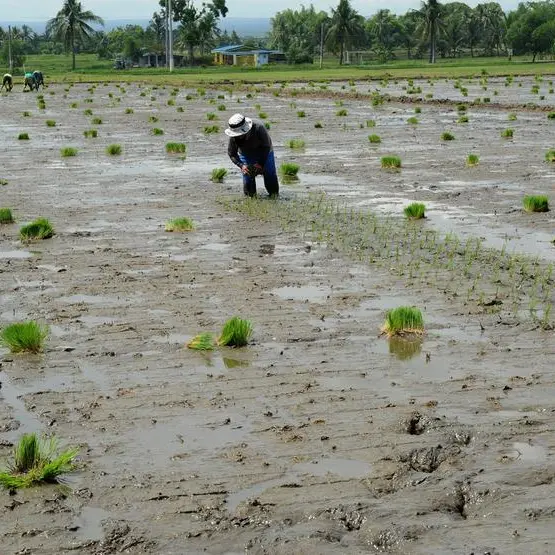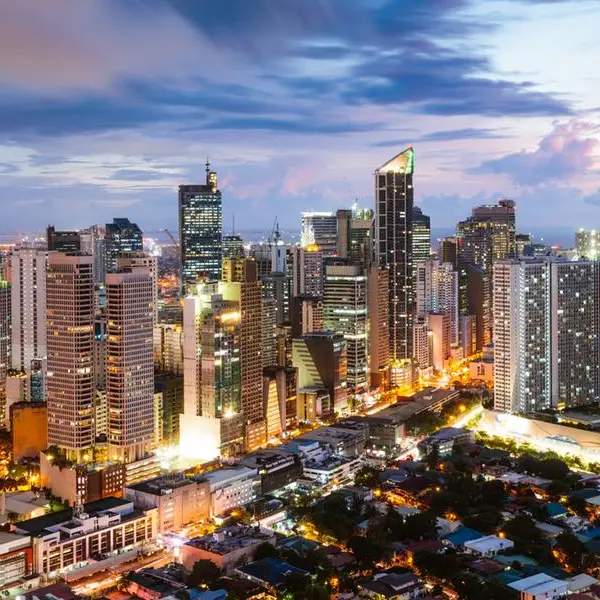PHOTO
Most economists are convinced that inflation rose for the second consecutive month in March, with some projecting it to breach the two to four percent target range of the Bangko Sentral ng Pilipinas (BSP), amid higher food prices.
HSBC Global Research ASEAN economist Aris Dacanay said inflation likely rose to 3.8 percent in March, mainly due to rising food prices. This was after the consumer price index (CPI) picked up to 3.4 percent in February from a three-year low of 2.8 percent in January.
'Not only did retail rice prices remain at elevated levels, but rice prices increased further in March due to the ongoing risks of El Niño and the global supply crunch caused by trade curbs in India, the largest rice exporter in the world,' he said.
ING Bank senior economist Nicholas Mapa said inflation last month likely settled at 3.8 percent, mainly driven by rice inflation as well as higher costs of utilities and transport.
'Rice inflation is projected to hit 24 percent year-on-year, and given its hefty weight in the CPI basket, will continue to push up inflation closer to the upper end of the BSP inflation target,' Mapa said.
Moody's Analytics economist Sarah Tan said headline inflation may have risen to as high as 3.9 percent in March, as the El Niño weather event damaged crops in several parts of the country including rice harvests in Mansalay, Oriental Mindoro.
'As for utilities, electricity rates were hiked again in March by Manila Electric Co. due to an increase in transmission charge. Pump prices were also raised by many oil firms in the final week of the month in part due to speculations arising from the disruptions in Russia's refineries,' she said.
Security Bank chief economist Robert Dan Roces said inflation settled at four percent with a range of 3.8 to 4.2 percent in March.
In the coming months, shifting weather episodes from El Niño to La Niña could disrupt agricultural production and lead to higher food prices, he said.
'The Baltimore bridge collapse, on top of the Red Sea issue, if not resolved quickly, could further disrupt global supply chains and impact import costs in the Philippines,' Roces said.
For his part, UnionBank chief economist Ruben Carlo Asuncion said inflation may have breached the two to four percent target last month, settling at 4.1 percent in March. This could bring full-year inflation to 4.2 percent in 2024 before easing to 3.8 percent in 2025.
'We anticipate headline inflation to surge past four percent year-on-year starting in March, with hefty contribution from rice CPI and latent drought effects on the prices of the other crops, with the worst-case scenario of nearly five percent,' he said.
Headline inflation may also peak at five percent in May before it could decelerate again starting June, Asuncion said.
Alvin Arogo, economist at the Philippine National Bank, sees March inflation at 4.1 percent, strengthening the case for the Monetary Board to keep borrowing costs at current levels during its April meeting.
'We believe that inflation will re-accelerate anew before sustainably settling within the BSP's target in the fourth quarter, because of the threats from El Niño, Middle East conflict escalation and lagged impact of minimum wage hikes,' he said.
'As such, the BSP should only cut rates in the fourth quarter, and a total of 50 basis points would be appropriate, in our view,' Arogo added.
Dacanay likewise sees the central bank taking its time before loosening its monetary reins.
'Inflation risks are still too tilted to the upside, while strong growth grants the central bank the luxury to keep its policy rate high for longer,' he said.
Moody's Analytics' Tan said rate cuts are off the table amid inflation risks. But the odds of more rate hikes are low, as inflation has significantly eased from its 8.7 percent peak in January 2023.
She added that inflation may return to the two to four percent target range by the early third quarter, bringing the full-year average to 3.6 percent in 2024.
'With rates this high, we can continue to expect to see the negative impact of expensive borrowing costs on potential output and capital formation in the months to come,' Mapa said.
March inflation data will be released on April 5.
Copyright © 2022 PhilSTAR Daily, Inc Provided by SyndiGate Media Inc. (Syndigate.info).












